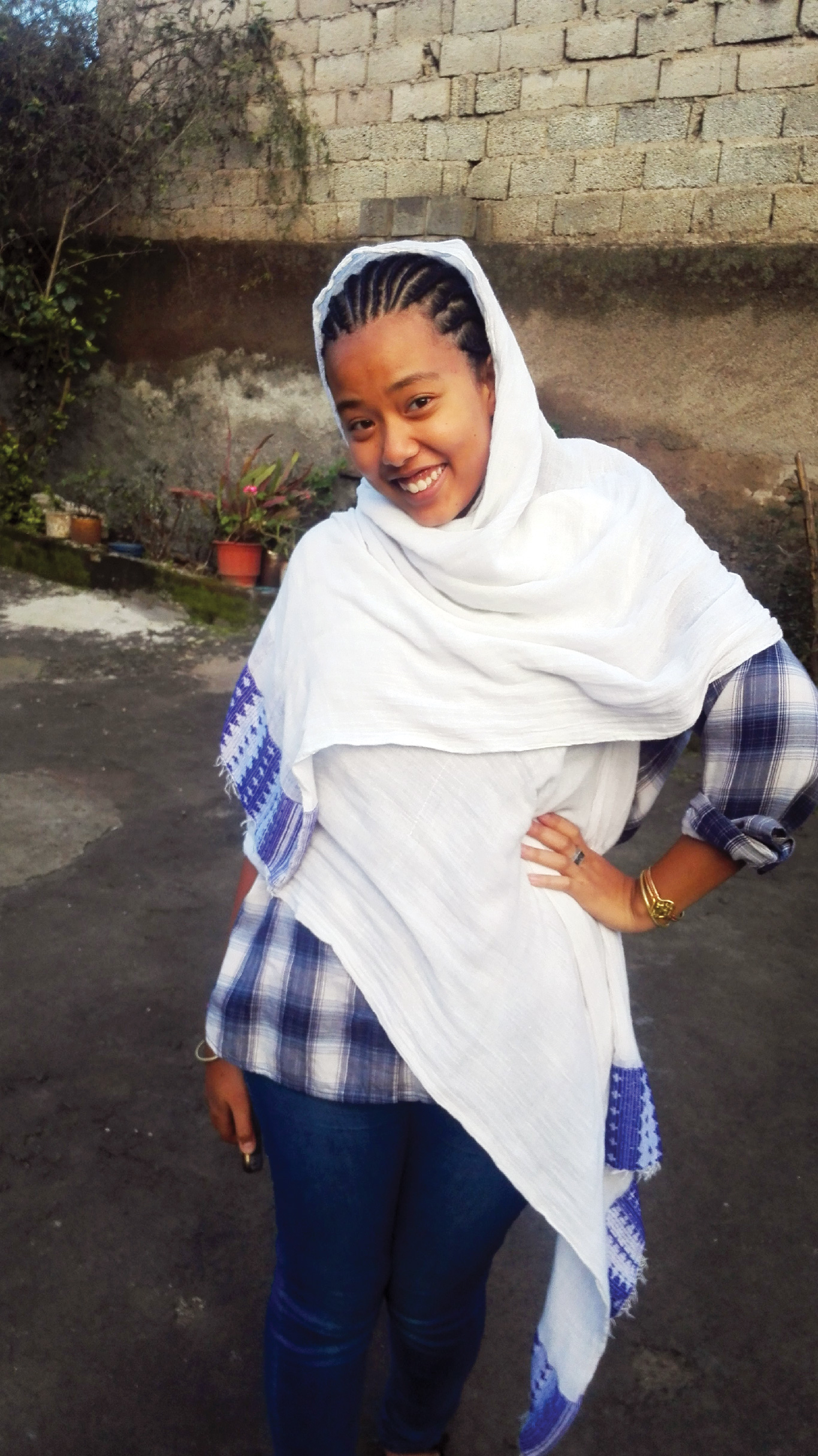
We all have a tendency to think inside our own reference frame—to think that most people must be like us. We assume that, like us, most people are annoyed when the Wi-Fi isn’t working, or are concerned primarily about the next exam or important career-related task. But those living outside the industrialized Western world struggle with issues very different from the “First World problems” that can seem so compelling. For example, only 20 percent of the world (the industrialized part) consumes 80 percent of the energy used across the globe. And almost 2.5 billion people—a third of the world—lack access to adequate clean water or sanitation.
My family comes from one such part of the world. My father is an immigrant to the United States from the province of Kafa in rural Ethiopia. Throughout my childhood, he was forever engaged in projects to better Kafa, like fund-raisers for improving the clinic, or building a school. During my sophomore year at MIT, he told me about a water crisis in a village called Muti, and I was inspired to tackle a project myself. I began researching how to provide a source of clean water for Muti, and I started by searching for MIT resources to support the project.
During my search and later, as I designed and consulted on construction of a hand-dug well for Muti, I was surprised at how other Americans and even MIT students misunderstood the issues involved. Why don’t the local people just collect the rain in plastic bins, people asked me, since the province of Kafa is a rainy place? I realized that my intuition about water, gained from monthlong trips spent living among my relatives deep in the Kafa countryside, was not shared by people who had never had to fetch water from a river or a spring, or hike four hours through a forest to reach the nearest paved road.
Many of us take water for granted. It simply comes out of the faucet—or it doesn’t, and we call a plumber. In actuality, clean water requires a tremendous amount of infrastructure. Rain is, perhaps surprisingly, not very clean. Falling through the air, it collects dust and debris, and the water that accumulates after the rain stops can quickly become a breeding ground for mosquitos, microbes, or bacteria. If you want to collect rainwater for drinking, you need a more complicated or better thought-out method than a simple plastic bin. It would require as much design work and planning as any other source of water.
Having to explain this to people made me realize that, oddly, I knew much more about water in Kafa than I knew about water in Cambridge. Where did the water in my dormitory faucet come from—the Charles River, a reservoir, a filtering plant? What was its ultimate source? Where did it go when it fell down the drain—what was its ultimate sink?
I went through a long process of applying for grants, traveling to Ethiopia, designing a well with a researcher in the Department of Civil and Environmental Engineering, and ultimately working with a local contractor in Kafa to construct it. The contractor sent us a photo when the well workers finally struck water. “It isn’t finished yet,” he wrote, “but they’ve already started drinking from it.” There is a primary school nearby, so the first people to use the water were the kindergartners and teachers. They use a tire inner tube to draw water out of the well.
Just as it takes many processes to turn rain into drinking water, it takes a lot of effort for us engineers to think outside of our reference frame. We are often inspired to solve problems that we believe are important. But what if we can’t even imagine the problems that a third of the world thinks are important—issues we think have already been solved, or at least should have been solved by now? At MIT, we prize innovation, but many of the innovations engineers develop are never properly distributed to the majority of the world. I hope that balancing our technical training with consciousness and compassion can empower us to look beyond First World challenges to think about and solve these global problems.
Mechanical engineering major Selam Gano ’18, pictured here at her aunt’s home in Kafa, is an MIT Admissions blogger and an undergraduate researcher in the Media Lab. She plans to pursue a career in robotics.
Keep Reading
Most Popular
Large language models can do jaw-dropping things. But nobody knows exactly why.
And that's a problem. Figuring it out is one of the biggest scientific puzzles of our time and a crucial step towards controlling more powerful future models.
The problem with plug-in hybrids? Their drivers.
Plug-in hybrids are often sold as a transition to EVs, but new data from Europe shows we’re still underestimating the emissions they produce.
Google DeepMind’s new generative model makes Super Mario–like games from scratch
Genie learns how to control games by watching hours and hours of video. It could help train next-gen robots too.
How scientists traced a mysterious covid case back to six toilets
When wastewater surveillance turns into a hunt for a single infected individual, the ethics get tricky.
Stay connected
Get the latest updates from
MIT Technology Review
Discover special offers, top stories, upcoming events, and more.